Sun Temple, Konark
On the shores of the Bay of Bengal, bathed in the rays of the rising sun, the temple at Konarak is a monumental representation of the sun god Surya's chariot; its 24 wheels are decorated with symbolic designs and it is led by a team of six horses. Built in the 13th century, it is one of India's most famous Brahman sanctuaries.
OUTSTANDING UNIVERSAL VALUE
Brief synthesis
The Sun Temple at Konârak, located on the eastern shores of the Indian subcontinent, is one of the outstanding examples of temple architecture and art as revealed in its conception, scale and proportion, and in the sublime narrative strength of its sculptural embellishment. It is an outstanding testimony to the 13th-century kingdom of Orissa and a monumental example of the personification of divinity, thus forming an invaluable link in the history of the diffusion of the cult of Surya, the Sun God. In this sense, it is directly and materially linked to Brahmanism and tantric belief systems. The Sun Temple is the culmination of Kalingan temple architecture, with all its defining elements in complete and perfect form. A masterpiece of creative genius in both conception and realisation, the temple represents a chariot of the Sun God, with twelve pairs of wheels drawn by seven horses evoking its movement across the heavens. It is embellished with sophisticated and refined iconographical depictions of contemporary life and activities. On the north and south sides are 24 carved wheels, each about 3 m in diameter, as well as symbolic motifs referring to the cycle of the seasons and the months. These complete the illusionary structure of the temple-chariot. Between the wheels, the plinth of the temple is entirely decorated with reliefs of fantastic lions, musicians and dancers, and erotic groups. Like many Indian temples, the Sun Temple comprises several distinct and well-organized spatial units. The vimana (principal sanctuary) was surmounted by a high tower with a shikhara (crowning cap), which was razed in the 19th century. To the east, the jahamogana (audience hall) dominates the ruins with its pyramidal mass. Farther to the east, the natmandir (dance hall), today unroofed, rises on a high platform. Various subsidiary structures are still to be found within the enclosed area of the rectangular wall, which is punctuated by gates and towers.The Sun Temple is an exceptional testimony, in physical form, to the 13th-century Hindu Kingdom of Orissa, under the reign of Narasimha Deva I (AD 1238-1264). Its scale, refinement and conception represent the strength and stability of the Ganga Empire as well as the value systems of the historic milieu. Its aesthetical and visually overwhelming sculptural narratives are today an invaluable window into the religious, political, social and secular life of the people of that period. The Sun Templeis directly associated with the idea and belief of the personification of the Sun God, which is adumbrated in the Vedas and classical texts. The Sun is personified as a divine being with a history, ancestry, family, wives and progeny, and as such, plays a very prominent role in the myths and legends of creation. Furthermore, it is associated with all the legends of its own artistic creation – the most evocative being its construction over twelve years using 1,200 artisans – and the stories about the deep commitment of its master builder, Bisu Moharana, to the project, in which his son (who was born during this period) later became involved. Konârak’s location and name are important testimonies to all the above associations, and its architectural realisation is associated with the living traditions of Brahmanismand tantric practices.
Criterion (i): A unique artistic achievement, the temple has raised up those lovely legends which are affiliated everywhere with absolute works of art: its construction caused the mobilization of 1,200 workers for 12 years. The architect, Bisu Moharana, having left his birthplace to devote himself to his work, became the father of a son while he was away. This son, in his turn, became part of the workshop and after having constructed the cupola of the temple, which his father was unable to complete, immolated himself by jumping into space.
Criterion (iii): Konârak is an outstanding testimony to the 13th-century kingdom of Orissa.
Criterion (vi): Directly and materially linked to the Brahman beliefs, Konârak is the invaluable link in the history of the diffusion of the cult of Surya, which originating in Kashmir during the 8th century, finally reached the shores of Eastern India.
Integrity
The boundaries of the nominated property encompass the attributes necessary to represent the Outstanding Universal Value of the Sun Temple, Konârak. Within the inscribed and protected extent of the property, its surviving structures and sculptures, as well as the dislodged remains preserved in-situ, represent its quintessential qualities of architectural form, design and sculptural relief. Furthermore, the protected zone includes all areas that have the potential to reveal any unexplored archaeological remains that may possibly enhance the understanding of the property’s Outstanding Universal Value. Identified and potential threats to the integrity of the property include development pressure: modernisation and urban growth affecting the environment of the monument; environmental pressure: deforestation due to cyclones and human activities, saline breeze and sand blasting, vehicular movements, and microbiological growth; tourism pressure: 40% increase in number of tourists; natural disasters: flood and cyclones; and local population growth. An extension of the site boundaries and the buffer zone around the property by land acquisition has been recommended for the better management of the site. Concerns over the structural integrity of elements of the site have been raised in the past, including the impact of monsoon rains and associated soil erosion. In addition, erosion of metal cramps supporting the structure due to salt air has in the past resulted in some damage.
Authenticity
The Sun Temple’s authenticity of form and design is maintained in full through the surviving edifices, their placement within the complex, structures and the integral link of sculpture to architecture. The various attributes of the Sun Temple, including its structures, sculptures, ornamentation and narratives, are maintained in their original forms and material. Its setting and location are maintained in their original form, near the shore of the Bay of Bengal. In preserving the attributes as stated, the Sun Temple, Konârak repeatedly evokes the strong spirit and feeling associated with the structure, which is manifested today in the living cultural practices related to this property, such as the Chandrabhanga festival.
Protection and management requirements
The Sun Temple, Konârak is protected under the National Framework of India by the Ancient Monuments and Archaeological Sites and Remains (AMASR) Act (1958) and its Rules (1959). Other relevant protective legislation includes the Forest Act, Konârak Development Act and notified Council Area Act. Under the AMASR Act, a zone 100 metres outside the property and a further zone 200 metres outside the property constitute, respectively, prohibited and regulated zones for development or other similar activity that may have adverse effects on the Outstanding Universal Value of the property. All conservation programmes are undertaken by the Archaeological Survey of India through its national, regional and local representatives. There are five management-related plans: safety, environment, master planning, environmental development and tourism. World Heritage funding was received to carry out an assessment of structural stability. Sustaining the Outstanding Universal Value of the property over time will require continuing the structural and material conservation of the main Jagamohana structure and its sculptures; establishing a stronger functional integration of local and central authorities; including the larger landscape setting into the regulated area for development; and addressing the identified threats related to development pressure, environmental pressure, tourism pressure, natural disasters, and local population growth.
Situated close to the Bay of Bengal, the Sun Temple Konark is one of the best representations of Kalinga Architecture. The word ‘Konark’ can be translated to the ‘corner sun’; Kona (corner) and Arka (sun) and was so named as it lay on the north east corner of the famous Jagannath Temple at Puri. Konark was also called the Black Pagoda, the first mention of which is found in the diary of Sir Streynsham Master, Governor of Fort St George, Madras. It was used as a major landmark by most sailors and travellers. Dedicated to Sun God, Konark was built by the King of the Ganga Dynasty, Narasimha Deva I in the 13th century. It was declared a Unesco World Heritage Site in the year 1984 for its architectural brilliance and for serving as an evidence of the spread of Sun worship in India from Kashmir to the eastern parts.
Konark is made of a stone called Khondalite, widely available in the region. The entire structure was constructed without the use of any binding material such as mortar or cement. It was also one of the first structures in India to have used iron beams and dowels. It is said that the temple was held together using electromagnetic force with sixty three tons of magnet, ten tons at the bottom and fifty three at the top of the structure.
The temple is famous for the twenty four giant carved wheels along with seven horses which represent the chariot of the Sun God giving an impression of the chariot moving towards the sea. Each of these wheels have eight thick spokes with eight intermediate thin spokes. The spokes of the wheel serve as sundial. Other than these, the temple is also known for its intricately carved sculptures.
The main structure of the temple that is the tall curvilinear structure (Vimana) does not exist today and it is said that if it were still intact, Konark would have been higher than Jagannath Puri. The reason behind the fall of the structure is much debated even today and historians have come up with various theories on the cause of the same. Some believe that in the Kalapahad invasion the heavy top slab of the structure was removed which led to an imbalance and resulted in the fall of the same. This theory is contradicted as there is no record of his attack on Konark. Another theory is that the Kumbha Pathar or the load stone was removed by some crew of a ship as a result of which the priests removed the idol of the Sun God and installed in the Niladri Mahotsava temple at Puri. This violated the sanctity of the temple and resulted in the fall of the structure.
Despite several theories, we are sure from the sketches and drawings between the years 1679 and 1809 that the fall of the main structure was a gradual process. The final blow to the structure was due to a gale in the year 1848.
The structure as it stands today, is iconic of the state of Odisha and is one of the most visited tourist attractions in India.
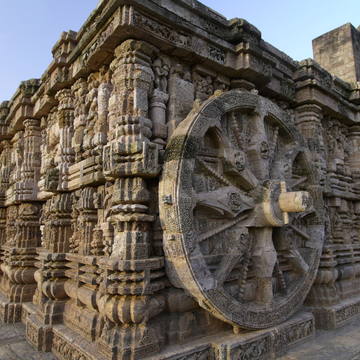
© Ko Hon Chiu Vincent
Author: Ko Hon Chiu Vincent
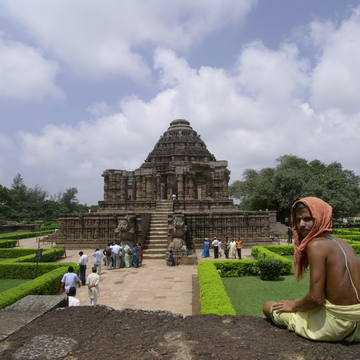
© Ko Hon Chiu Vincent
Author: Ko Hon Chiu Vincent
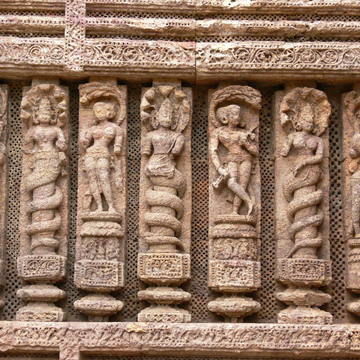
© Ko Hon Chiu Vincent
Author: Ko Hon Chiu Vincent
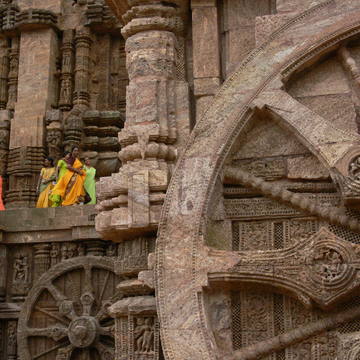
© Ko Hon Chiu Vincent
Author: Ko Hon Chiu Vincent
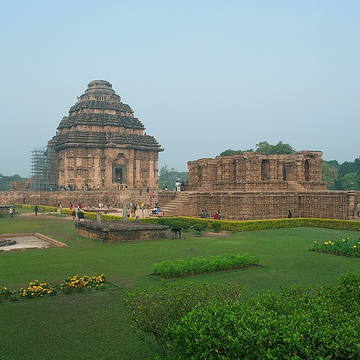
© Ko Hon Chiu Vincent
Author: Ko Hon Chiu Vincent
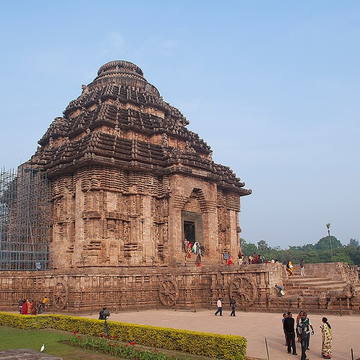
© Ko Hon Chiu Vincent
Author: Ko Hon Chiu Vincent
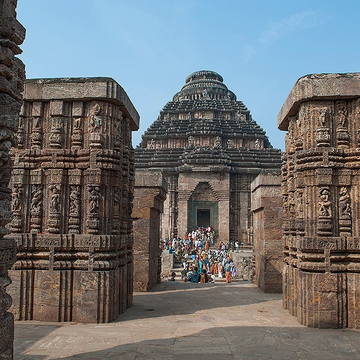
© Ko Hon Chiu Vincent
Author: Ko Hon Chiu Vincent
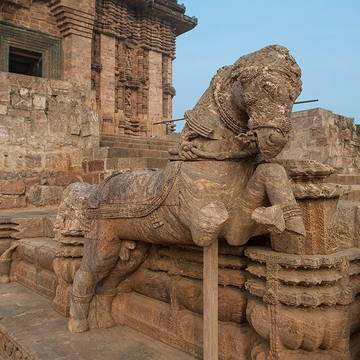
© Ko Hon Chiu Vincent
Author: Ko Hon Chiu Vincent
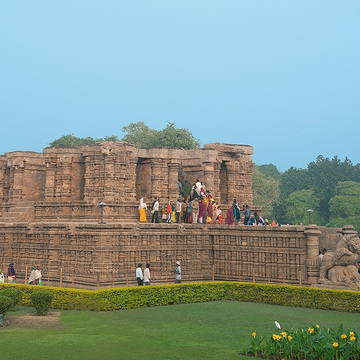
© Ko Hon Chiu Vincent
Author: Ko Hon Chiu Vincent

© Ko Hon Chiu Vincent
Author: Ko Hon Chiu Vincent
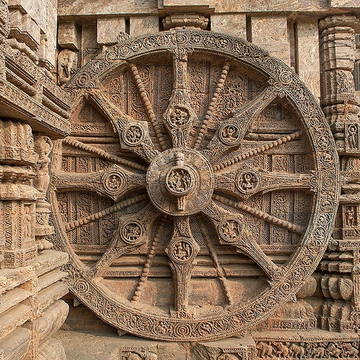
© Ko Hon Chiu Vincent
Author: Ko Hon Chiu Vincent
 Government of India
Government of India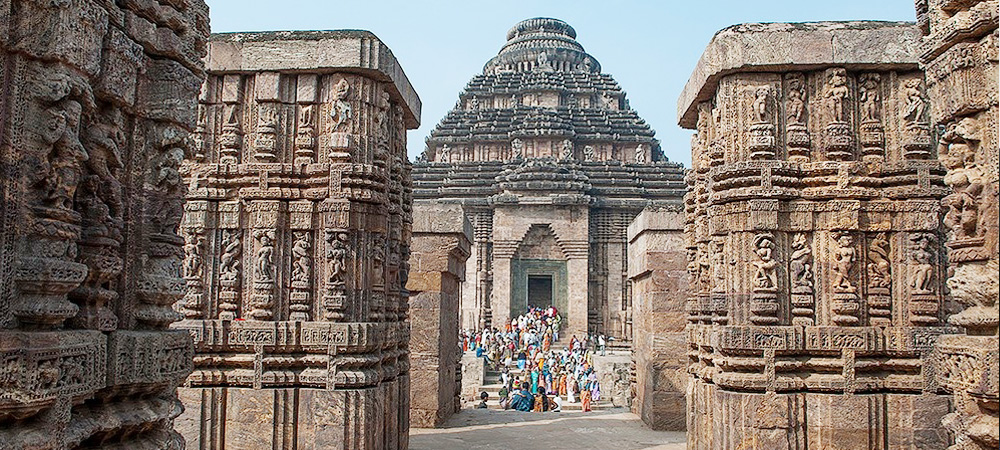
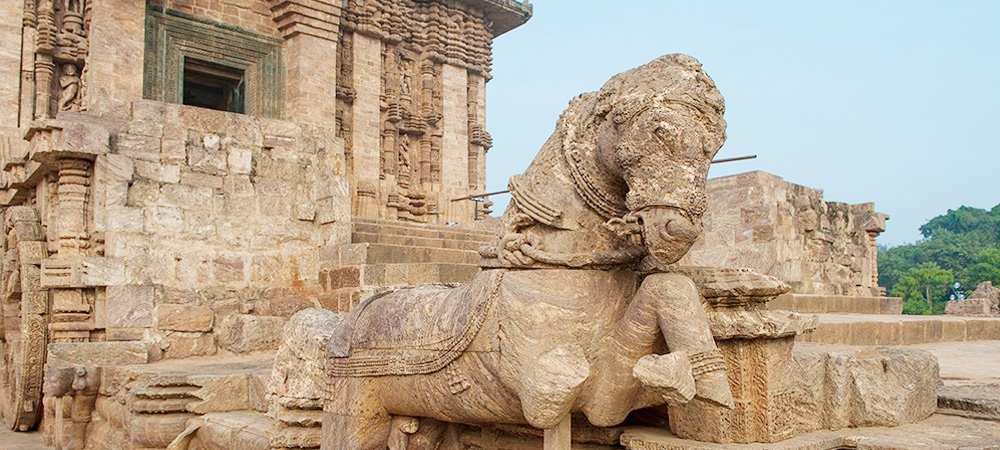
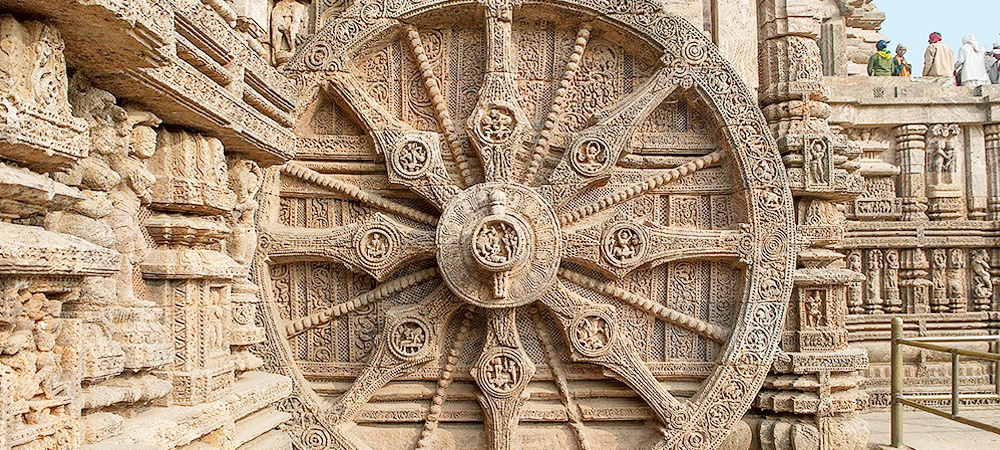


 Recognizing the ongoing need to position itself for the digital future, Indian Culture is an initiative by the Ministry of Culture. A platform that hosts data of cultural relevance from various repositories and institutions all over India.
Recognizing the ongoing need to position itself for the digital future, Indian Culture is an initiative by the Ministry of Culture. A platform that hosts data of cultural relevance from various repositories and institutions all over India.

